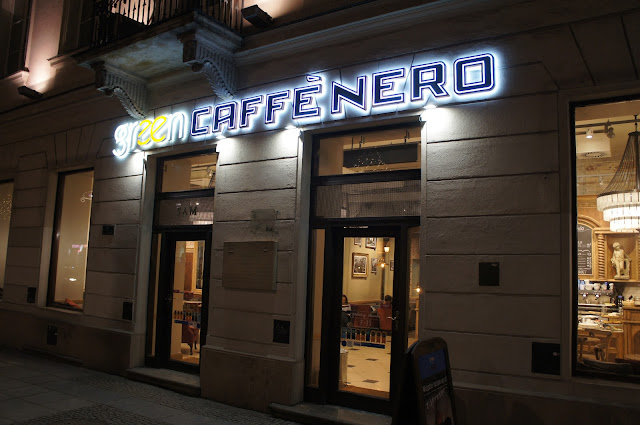JACOB JR, MY JEWISH WORLD. VERNICHTUNGSLAGER TREBLINKA. TREBLINKA/POLAND.
The Vernichtungslager (extermination camp) in Treblinka was built in the spring of 1942 near na existing penal labor on na área of 17 hectares. The camp was surrounded by a high barbed wire fence camouflaged with interwoven vegetation in order to hide what was going on inside. Anti-tank obstacles and rolls of barbed wire were placed outside the fence. Watch towers were also placed in various parts of the camp.
The staff consisted of 25-30 Germans and Austrians who supervised the camp, and of guards company of some 100 men, mostly Ukrainian orygin, Dr Irmfried Eberl was appointed the first commanding officer of the camp, later replaced by Franz Stangl. Kurt Franz was the deputy commanding officer.
The first transports of people, consisting of Jews deported from the Warszawa ghetto, 22 July 1942. From that day onwards, Jews were transported to the camp from occupied Poland, Czechslovakia, France, Greece, Yugoslavia and the USSR, aas well as from Germany and Áustria. A certain number of Gypsies were also sent there, particularly from Germany and Poland.
An armed revolt organizedby the prisioners of the camp broke out on 2 August 1943. Of the 840 participants only about 200 succeded in escaping from the camp. Not more than 100 of them survived until the end of the war. After the revolt the camp was slowly liquidated. In November 1943 aall the buildings and installations of the camp were demolished. A house was built for a Ukrainian Family and the área of the campwas ploughed up and planted with lupin. The buildingswere burnt down shortly before the arrival of the Eastern front.
On 2 July 1947 the Polish parliament adopted a law for perpetuating the memory of the former camps in Treblinka. However, it was not until the 1950s that three artists, Adam Haupt, Frranciszek Duszenko and Franciszek Strynkiewicz working as a team, worked out the spatiaal and architectural design of a munument. They did not restrict their work to a monumento but took into account the área as a whole. The boundaries of the former camp were delimitated by huge pillars of granite. The entrance gate was marked by two concrete blocks; through it's centre a paved road leads in the direction of the "ramp" - the railway siding. Concrete blocks leading to the "ramp" - na idea of Adam Haupt - repressent symbolicallly the railroad. Near the "ramp" there are eleven blocks of stones engraved with the names of the countries from wich Jews were brought to the camp. Between the "ramp" and the monument there is a paved road which led to the gás chambers. On both sides of the road there are stones marking the site of the barracks where the inmates had to remove their clothes. On the spot where the newgas chambers were situated a tal monumento, designed by Franciszek Duszenkko, rises. It is built of large blocks of granite, placed so as to remaind one of the Wailiing Wall in Jerusalém. The front wall gives the impression of being Split in the middle. At the top of the monumento there is sort of cap on the front, the West, side of wich there are symbolic human remains, torn to pieces, as well as palms in a gesture of blessing - a symbolic found on Jewish tombstones. A menor - symboll of Judaism - is located on the east side. In front of the monumento there is an inscription: "NEVER AGAIN" in Polish, Yddish, Russian, English, French and German. The monumento is the symbolic grave for all those who perished here. Behind the monument a rectangular hole filled with melted black basalt forming irregular coagulations and blobs. Around this depression several dozen oil lamps are placed which, when lighted, remind that heaps of human corpses were burnt on this spot. This monument was designed by Adam Haupt. Na área of 22,000 sq. m is covered with concrete and 17,000 granite stones of various sizes are situated on it. This concrete covers the ashes of people who were murdered here.
Since 1983 the área of the former camps, the gravel pit, the so-called, "Black Road" and the surrounding area form the Museum of Fighting and Martyrdom in Treblinka, a branch of the Regional Museum in Siedlce.



























Comments
Post a Comment